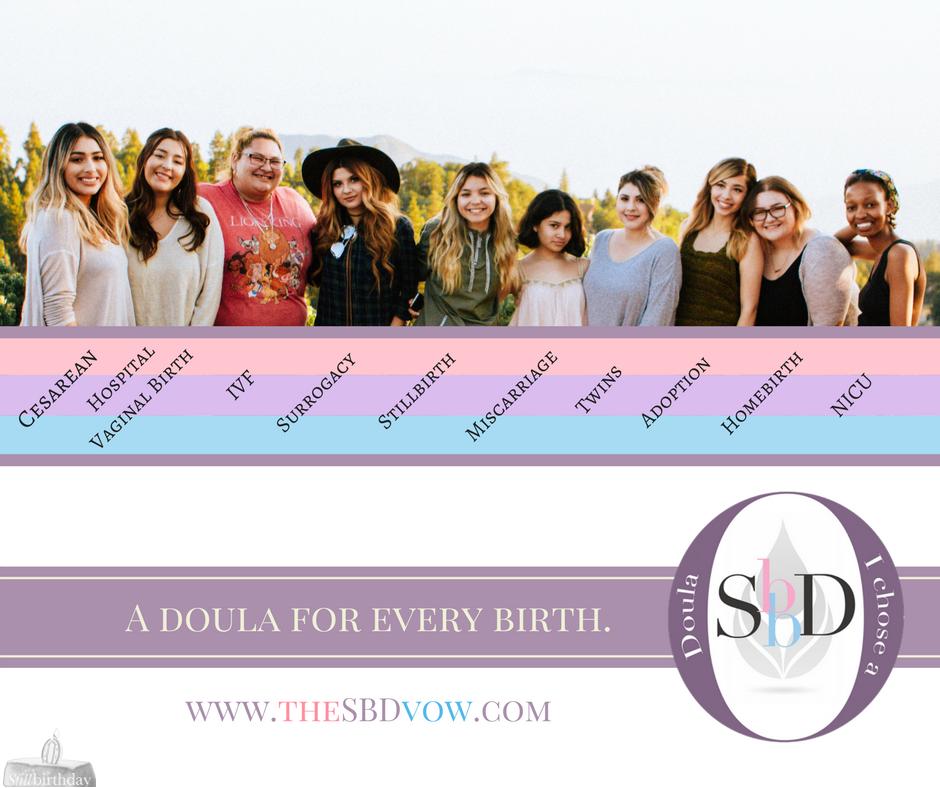If your doctor has recommended a D&C to help deliver your baby, the very first thing to consider is changing the perspective you may have about this approach.
Many mothers have very strong objections to having a D&C performed because of the comparison to an elective abortion.
A D&C is a way to medically assist in the delivery of a baby. The medical operation is the same if the baby is alive or not. But, the operation itself is not abortion. It is a medical way to assist in the delivery of your baby. If this method is needed, perhaps it might be more healing for you to consider it more of a “vaginal Cesarean“, in that the doctor is going to manually assist in the delivery of your tiny baby.
Another thing you may consider, is that some women recall feeling doubt or uncertainty that their child had in fact died prior to the D&C. This doubt is part of the grieving process, and is normal. But it can be terribly difficult to move past any feelings of doubt or uncertainty after the D&C has been performed. For this reason, I strongly suggest utilizing any ultrasound or doppler device that you can prior to the D&C. Perhaps contact a local crisis pregnancy center to see if they offer free ultrasounds. This extra step can provide you with the certainty you need in knowing that you are not “electively aborting” your baby. Remember, a D&C does not mean elective abortion.
The third thing to consider, is asking your provider if artificial induction may be a simpler, safer way to deliver your baby, or if natural miscarriage would also be a safe alternative for your unique situation. Sometimes, a doctor will plan for a D&C simply because it can be easier on you than trying to really navigate different approaches. Even if your doctor has recommended a D&C, it might be a good idea to just mention the option of artificial induction, and allow your provider to discuss your options with you so that you can have the safest delivery of your baby possible. D&C can have possible long term side effects (including on your future fertility), so please ask your provider to be very clear about explaining these to you.
Now, with all of that said, a D &C (sometimes mistakenly called a DNC) is a method of delivery, which includes medically assisted dilation of your cervix, and the use of a medical instrument called a curettage, which is applied onto the endometrium within your uterus; it is this tool by which the medically assisted birth of your baby will take place. The D & C is a birth method used most often in miscarriages between 10 and 12 weeks (after which point a D&E may be suggested). It may also be used if a miscarriage had not completed naturally (any placenta fragments remain in the uterus).
You may be given an antibiotic and/or pain medication, and physical recovery may include spotting for several days. Your birth plan for this method will include additional information. Generally, it is best to not plan on conceiving again until after you have had the first subsequent menstrual cycle, to ensure that your uterus is completely clear; waiting at least a week to introduce anything into your vagina (tampons, intercourse) is also recommended. Your provider will discuss these things with you.
You can make this birth method more meaningful by incorporating your own birth plan.
How far along are you? Would you like to see your baby’s last developments?











Leave a Comment